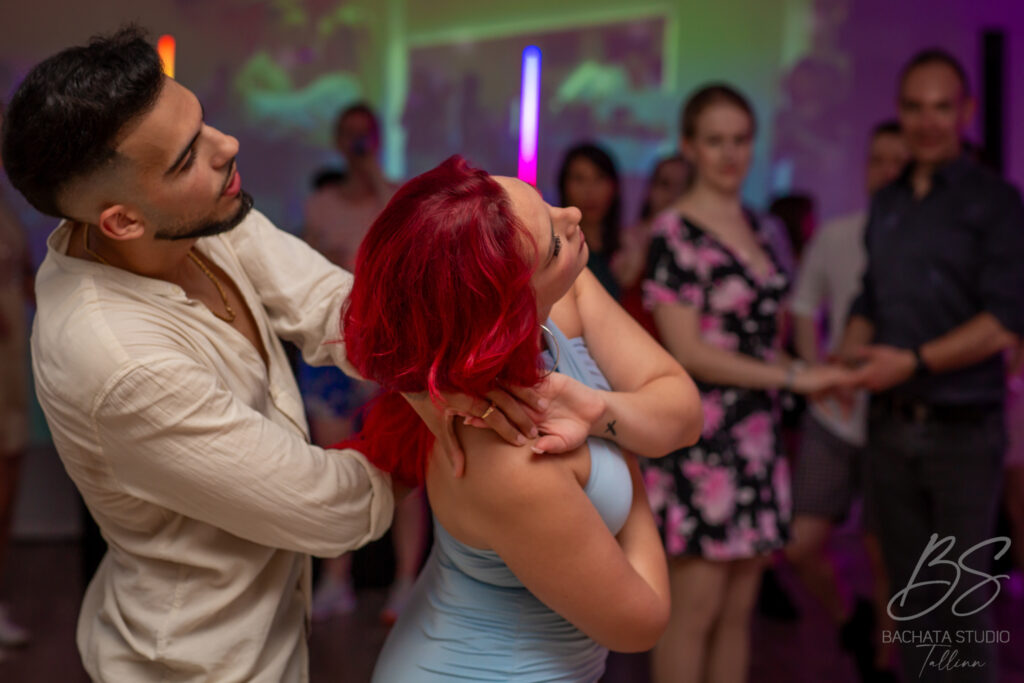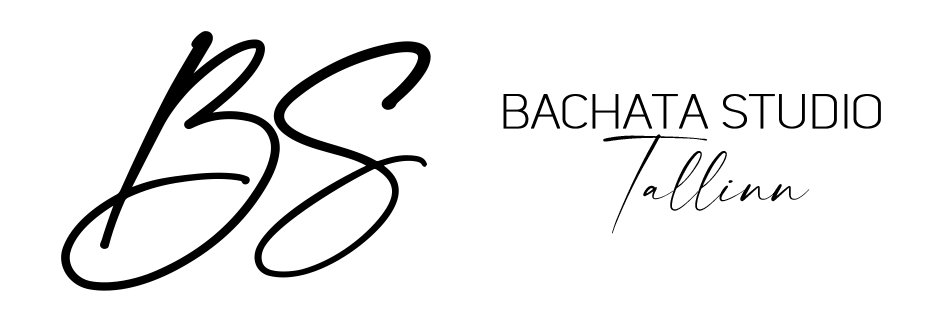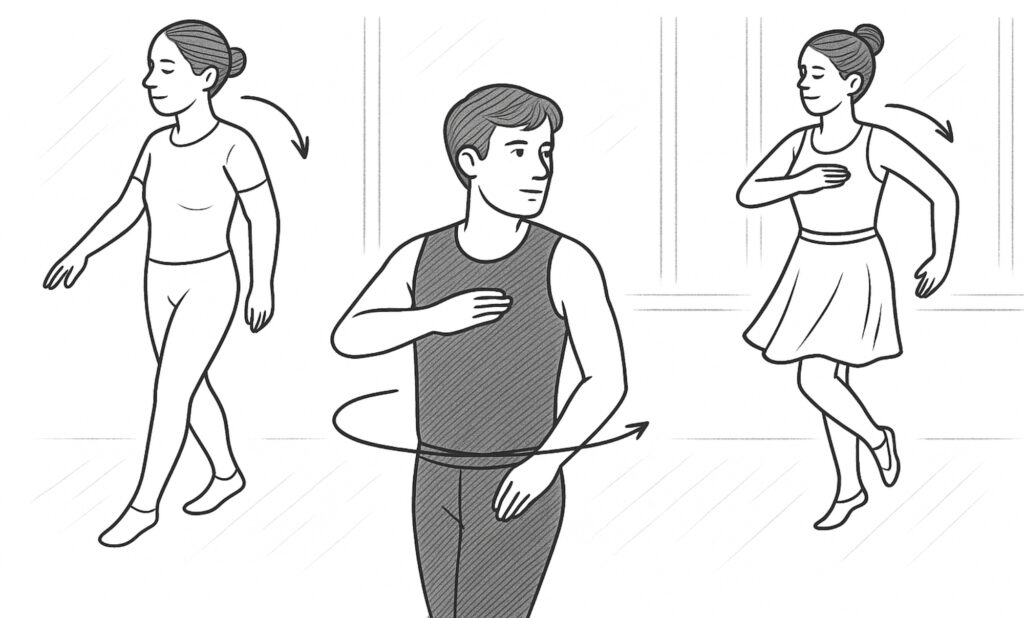
You’re spinning once, twice, and oh my god, the room seems to be spinning faster than you are. Your partner’s face blurs, your balance is loosing, and you hope the song slows down before you stumble. Sounds all too familiar?
Don’t worry, you’re not alone. Many beginner dancers pass through this dizzy phase in salsa, bachata, zouk and other partner dances. The empowering news is that your body, your brain, and your technique can learn to handle spins. With refined technique, consistent practice, caring for your body, and inspired insights from dance legends, you’ll soon be able to turn with confidence.
1. Refine That Technique
If dizziness cranks up every time you spin, your foundational technique is the place to start. Your teachers may have emphasized frame, posture, preparation, and spotting, those elements truly tame the spinning sensation.
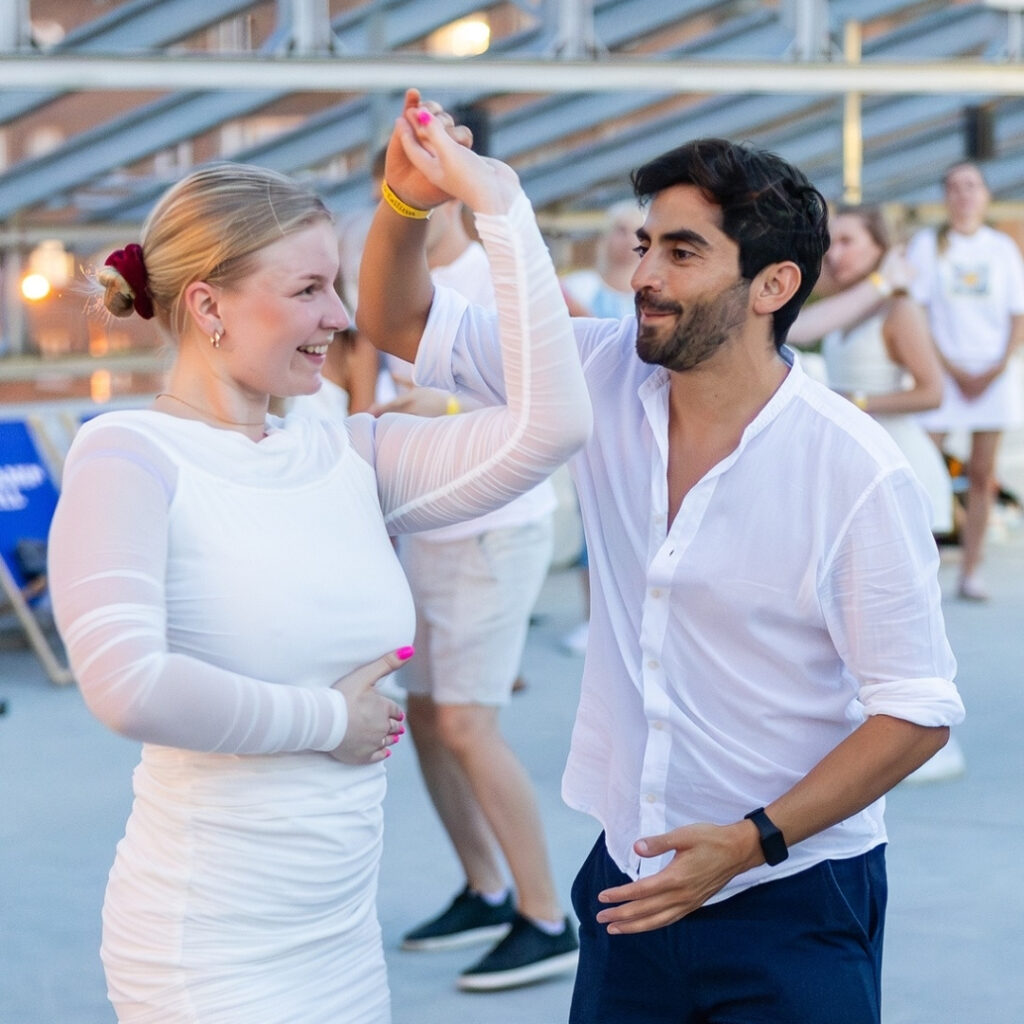
Spotting: Your Main Help
Spotting is about focus. Choose an eye‑level point to stay with your gaze as long as possible. When your body spins away, flick your head fast to re‑find the spot. Rhythmically, your head acts like this: still, fast, still, fast, still
It may feel awkward at first, but once you get it, your spinning will become clean, sharp, and much less dizzying.
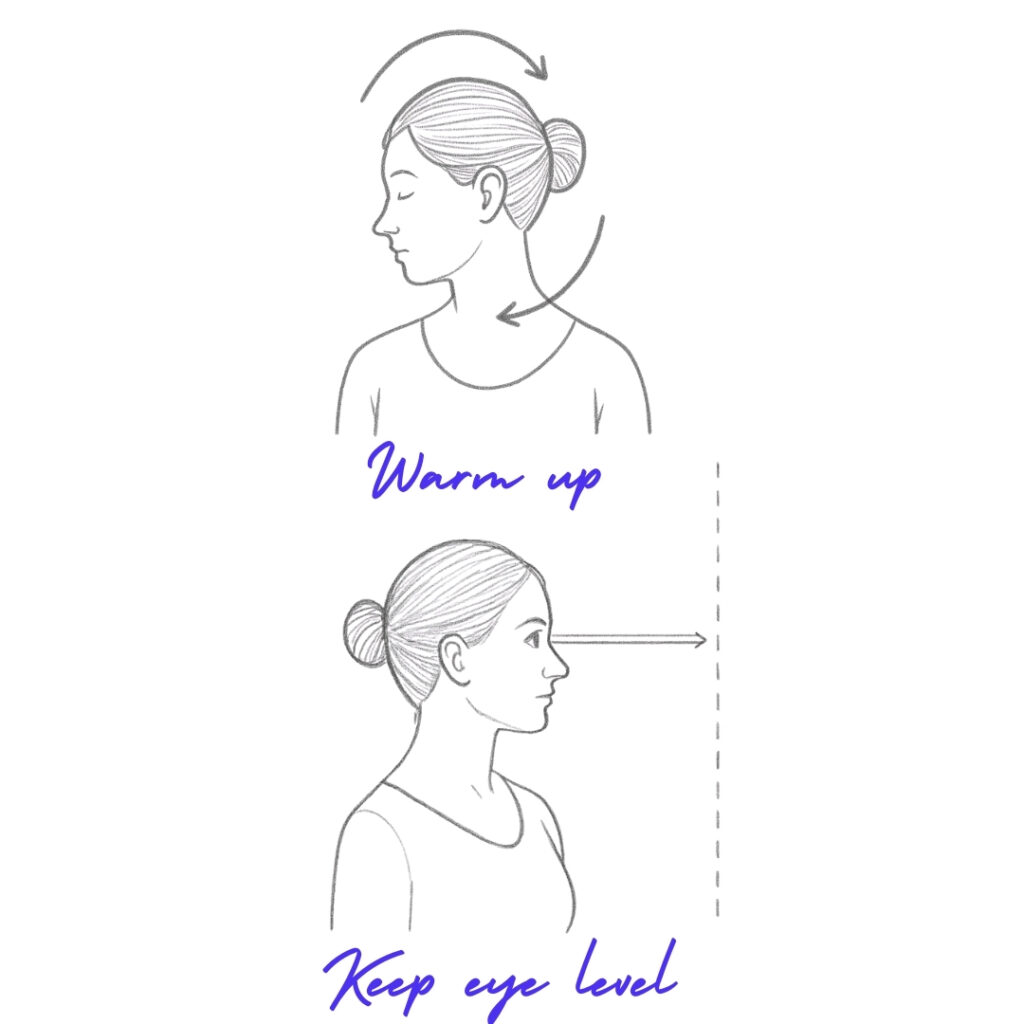
Scientific Insight
Researchers at Imperial College London studied ballet dancers and compared them with athletes from other sports (like rowers). Both groups were asked to do the same spinning tests.
The results were striking: ballet dancers reported far less dizziness than rowers.
Brain scans showed why. The dancers’ cerebellum – the part of the brain that processes balance signals from the inner ear looked different, and other areas of their brain that control how we feel dizziness were also adapted.
In simple terms, years of spin practice actually rewire the brain to handle turning better.
As Dr. Barry Seemungal, the lead researcher, explained: “Dancers train themselves not to get dizzy.” He even suggested that studying how dancers’ brains adapt could help find new treatments for people who suffer from chronic dizziness.
(Source: Imperial College London, 2013 study on ballet dancers and dizziness)
How to Practice Spotting
- Begin with a gentle neck warm‑up to avoid strain.
- Use a clear, tangible focus point (a doorframe or lamp, not a blank wall).
- Start slow: walk around your spot with your eyes fixed, then gradually introduce turns.
- Keep your head level, avoid tilting up or down.
- Progress gently: try half‑turns, then full, then doubles and triples.
- Practice both directions; your body benefits equally on your weaker side.
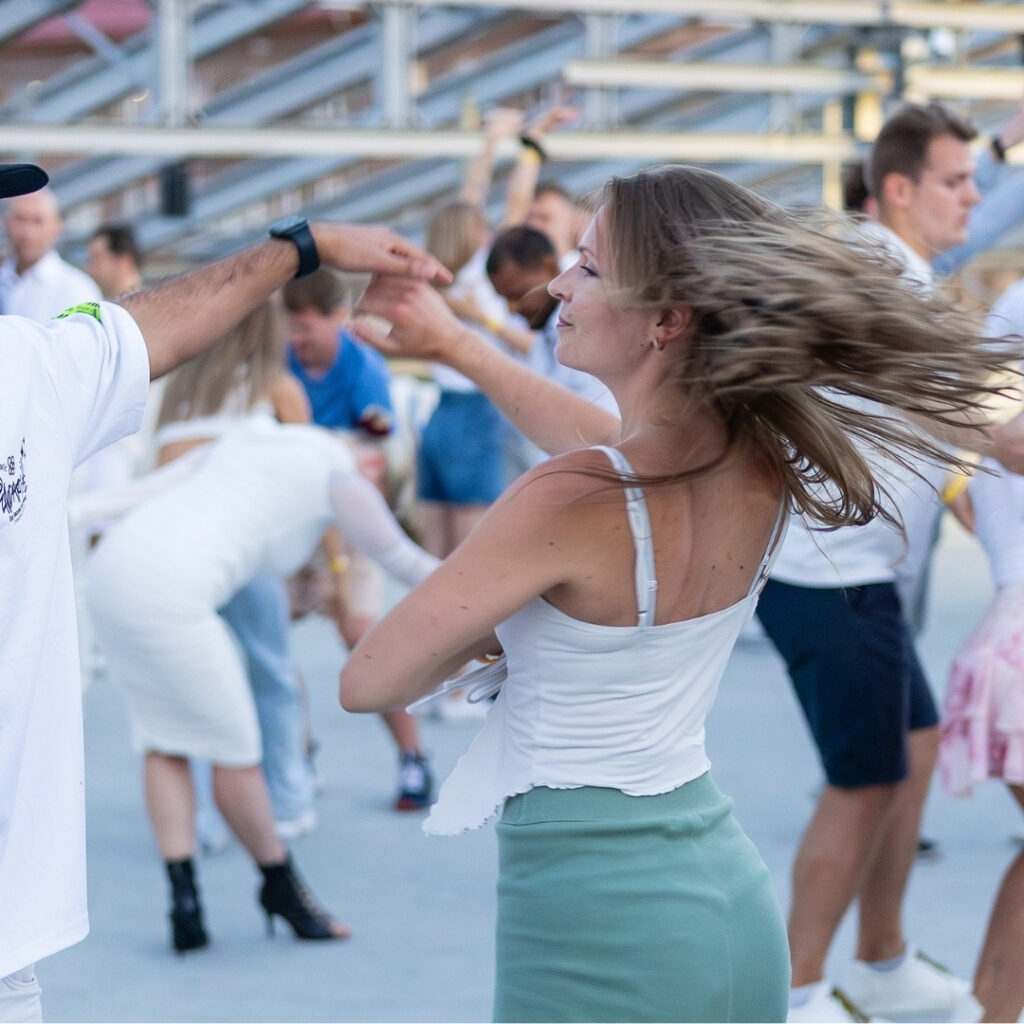
Additional Technique Tips
- Stand tall, engage your core, and keep your knees soft for balance.
- Keep your weight fully over your standing foot, this is your axis.
- Avoid pushing off with your free foot, this throws off your stability.
- Breathe naturally, holding your breath creates tension and imbalance.
As a follower, stay connected to your turning arm smoothly, don’t let it fly ahead.
2. Build Resilience with Daily Spins
Consistency trains both your vestibular system and your brain for movement. If spins only happen in class or once in a while, your system never fully adapts. Even a few spins a day in your living room reprograms your balance system.
Think of it like seasickness. If you’re back on a boat after a break, you get woozy. But take regular short rides, and you adjust. Spin training works the same way.

Simple At-Home Spins
- Walked turns while spotting – start slow and controlled.
- Clock drill: quarter‑turns, half‑turns, three‑quarters, then full turns.
- Traveling half‑turns with thighs pressed together to maintain alignment.
- On-the‑spot spins: prepare, spin once, stop sharply, then move to doubles or triples.
- Alternate directions: left, right, left, for balanced training.
- Spins with a raised leg to strengthen control and finish.
- Practice at varying speeds: slow, medium, fast, to build adaptability.
Short, frequent sessions are more effective than sporadic “spin marathons.” A few focused minutes each day makes all the difference.
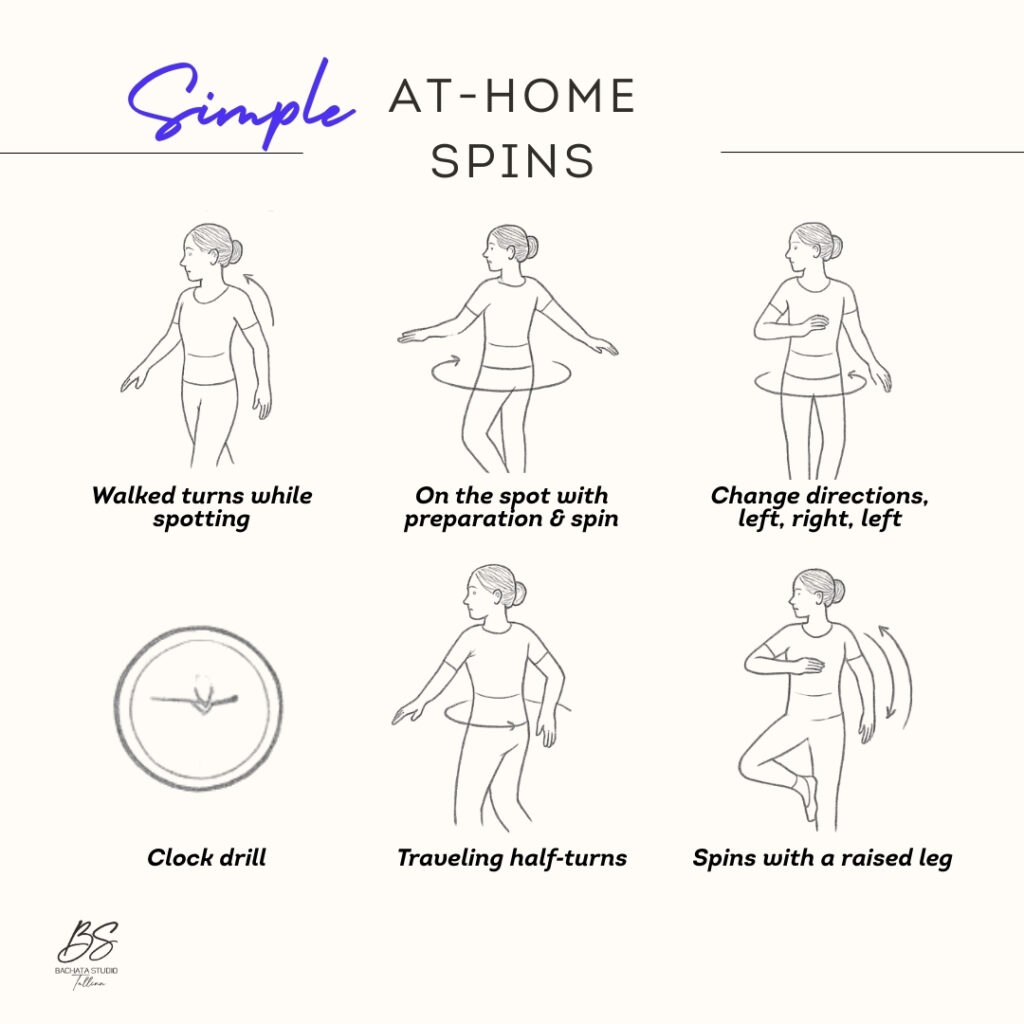
3. Look After Your Body
Sometimes dizziness has little to do with spins and more to do with how you feel physically.
- Fuel smartly: Avoid coming in starving or overly full. Light energizing snacks like bananas or nuts help.
- Stay hydrated: Dehydration heightens dizziness.
- Watch the environment: If the room is hot or stuffy, step outside briefly for fresh air.
- Moderate alcohol: A drink might feel fun, but too much throws off your coordination.
- Rest and de-stress: Fatigue and anxiety make dizziness more likely.
- Check medically: If dizziness affects daily life, not just dance, consult a professional.

4. Extra Tools to Refine Your Spins
- Improve posture: Keep shoulders square and spine aligned to stay balanced mid-turn.
- Strengthen core and ankles: These help maintain vertical alignment during rotation.
- Visualize successful spins: Before you spin, envision a clean finish -it primes body and mind.
- Record your practice: Video yourself to analyze alignment, head movement, and steadiness.
Dance with supportive partners: Practice with someone who guides instead of pushing helps you stay centered.
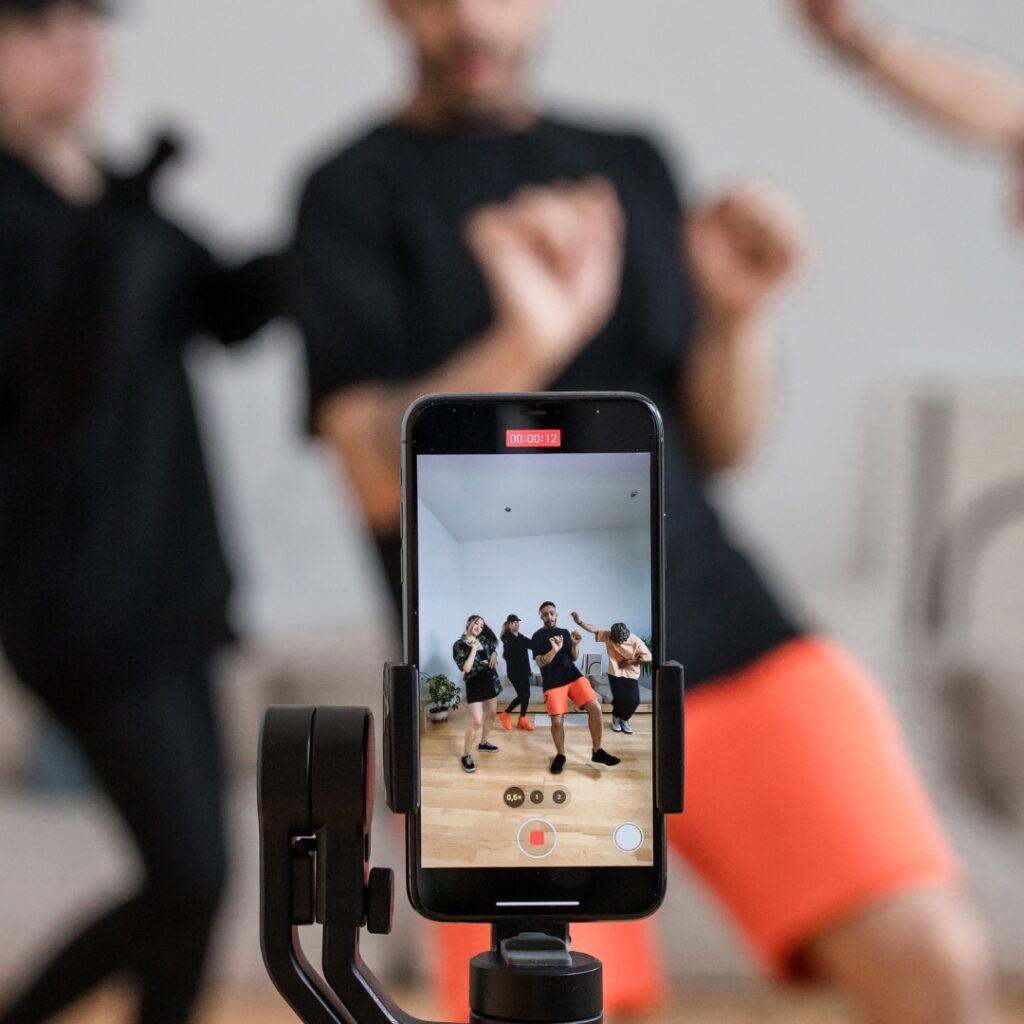
Final Thoughts
Nearly every dancer experiences dizziness at first. With improved technique, steady practice, body care, you’ll develop smoother, grounded turns sooner than you think.
Train your focus, breathe through each rotation, and trust your daily progress. Soon, you’ll be rotating across the floor with joy

Find all our active classes HERE
